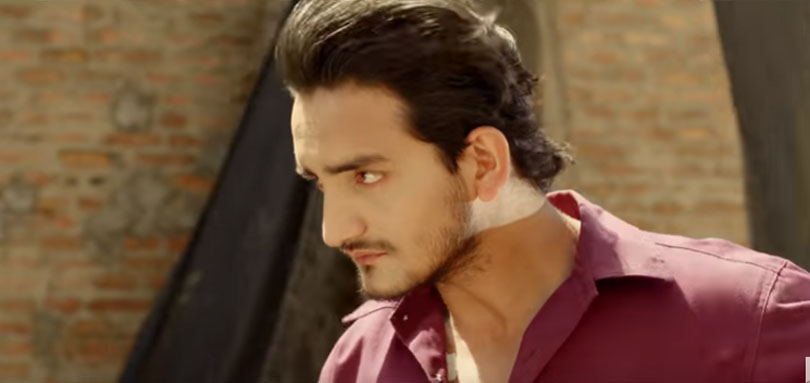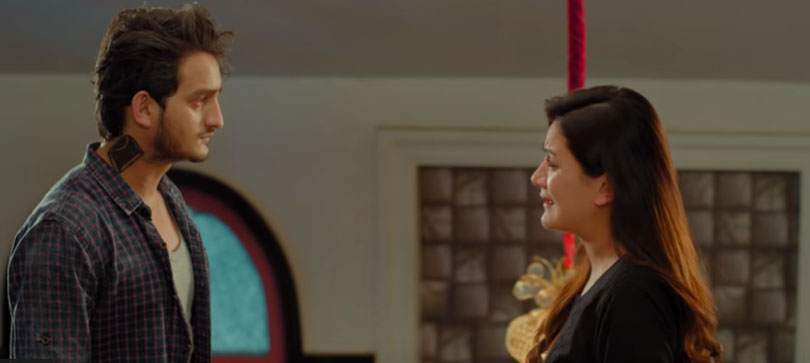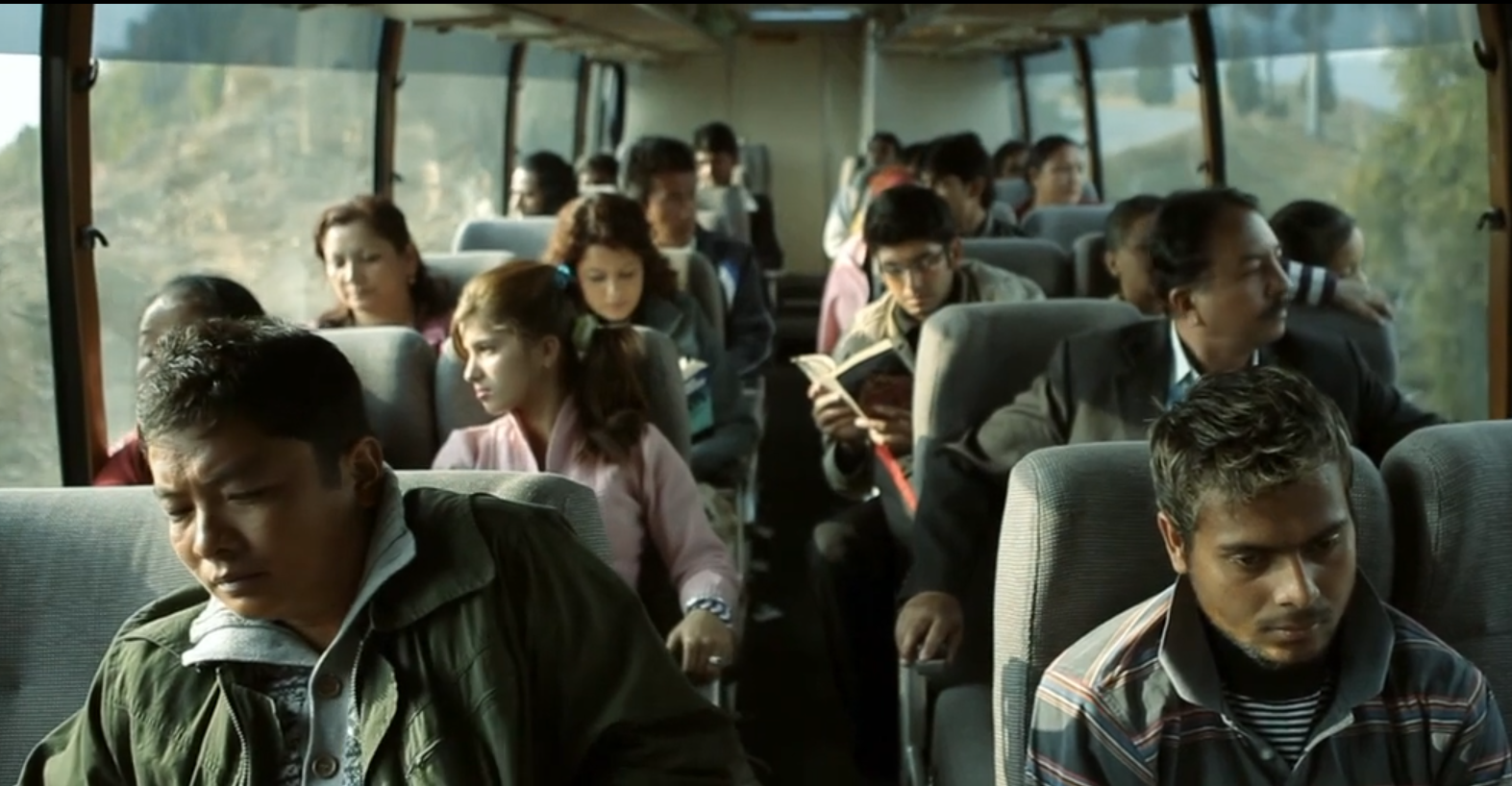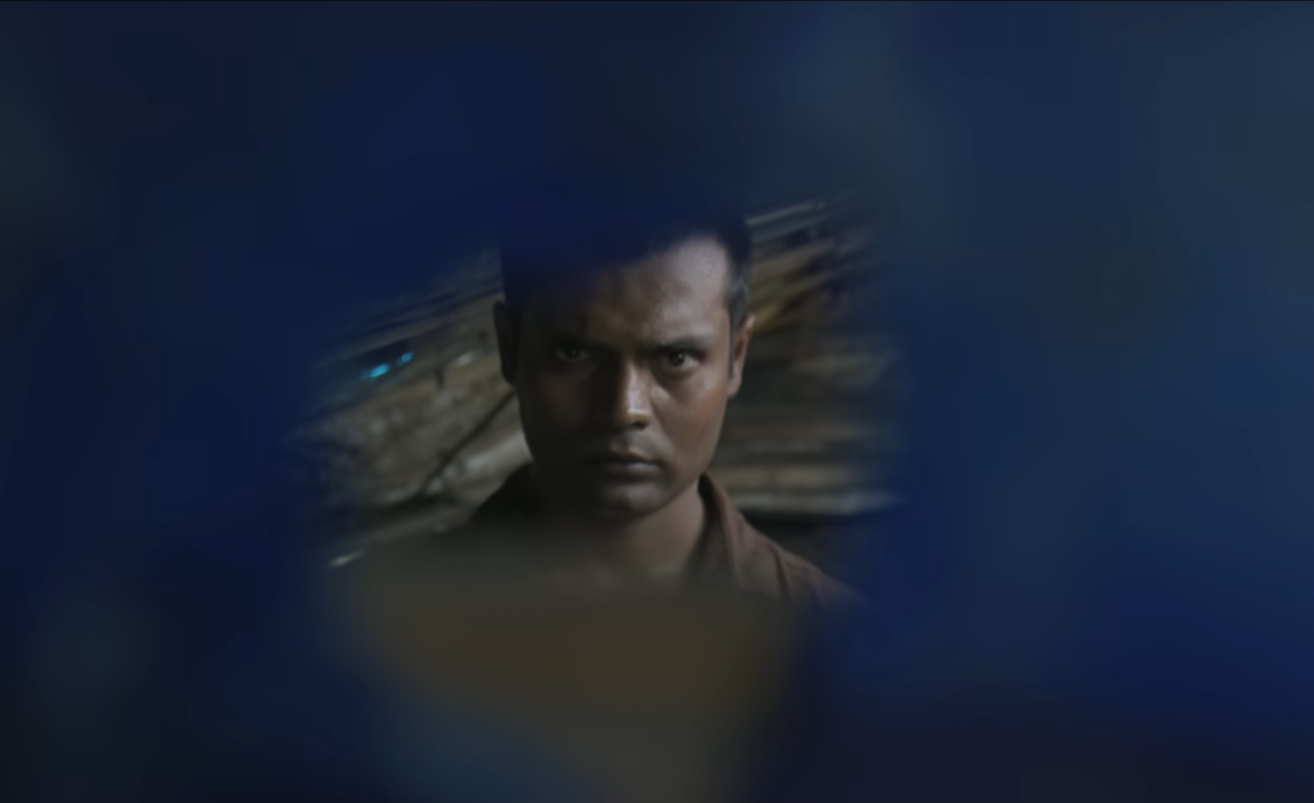
An ‘action movie’ tag, an extravagant trailer that attracted 1000s of clicks every day, two debutant heroines and a Bollywood-style title—this week’s release ‘Ranveer’ has many things to make Nepali cinema fans go to the theatres.
As they sit inside the cosy theatre for two-and-a-half hours (including the interval), they find the movie worth the watch, at least for two reasons—the production offers them many questions to ponder about, one after another, to keep them hooked; and its storyline is somehow different from the films we see rife with overdramatised sequences.
Intriguing plot
The movie’s narrative is a series of intriguing questions and their answers. As the movie begins, you start wondering how the opening murder scene becomes a medium to connect the aristocratic family of Pandit and a common man named Ranveer, who has just come to Kathmandu.
As Pandit’s business rivalry with Karki intensifies, Ranveer falls in love with the daughter of Pandit’s confidant. As the movie reaches intermission, Ranveer suddenly kills Pandit, his fiancee’s father’s ‘godfather’; and this is the second question the movie puts forth. The next half is the answer.
The second half is also full of other mysteries. What the movie shows for around next 45 minutes after the intermission looks like a different story; and the audience turns anxious in its bid to find the connection. This is when the movie’s strength of keeping the audience hooked lies.
The accompanying fights are exaggerated, but it is a useful technique to kill the monotony of seriousness that plot communicates.
The movie’s urge to create a different impression on the audience is apparent in the songs as well. Whereas most of the recent Nepali films include folk style numbers, the movie bucks the trend.
The first song, Mayama kasari aljhen ma, is a duet, but it is not suitable for a group dance. The second song, Ke garnu eklai laamo chha jeevan, is a remix rap, and it is juxtaposed with a farwestern folk played on the radio. The third song, Aansu haina yaha khun bagirahechha, is a sentimental tune, a rarity in contemporary Nepali films.
However, the choreography in these songs is unimpressive.
Exaggerated style
Maybe because the production team thinks exaggeration is an intrinsic characteristic of an action movie, Ranveer looks hyperbolic in its style. The lavishness is apparent in its action and subtly present in the romantic story that moves in parallel.
Comparing the events in the movie with reality is nonsensical because a single man with one trident is capable of killing over one dozen fighters, everyone armed with sophisticated ammunition.
Back in his past, as the movie unfolds in the second half, our hero was notorious for slapping his friends and neighbours without any reason. It apparently contradicts his soft and sympathetic heart; and innocent, straightforward and courageous manner that the movie ultimately wants to show. Hence, the exaggeration ultimately deconstructs the movie’s central story.
On the romance side, the lavishness appears in the hero’s persistent efforts to establish an affair with the girl he desires. He and his friend do not only spend thousands of rupees in consulting a love guru, the hero even becomes a panipuri seller, a barista and a social worker in his pursuit to the girl. The love guru orchestrates a drama and makes the hero act a role. This is apparently a hyperbole, next to impossible in real life.
Smoking and drinking have been overused as symbols of bravery and heroism. The hero sitting on the heap of over one dozen corpses, smoking a cigarette is shown in a fancy way, with closeup shots from different angles. The hero and the villain smoking and making the smoke billow out of the nostrils are filmed exaggeratedly every time. Occasionally, the audience thinks that it is watching a cigarette advertisement, not a feature film.
Acting and cinematography
Despite some conceptual faults, the camerawork looks impressive. The balance between wide shots and close-ups has been maintained. Interestingly, the movie begins with the picture of a zoomed out moonlit night. There are certain scenes in which characters or things fade in or fade out; and they complement the movement of the plot well.
On some occasions, characters, primarily antagonists, are shown from behind, and it keeps the audience to wonder who the person is. At the same time, such scenes show the luxurious settings that the characters are living in, which are directly related to the story’s movement.
Sushil Sitaula as the title character acts average. In the beginning, his dialogues are difficult to understand as they sound prepared for acting. However, as the movie progresses the audience get an impression that it is an inherent quality of his personality. His fast forward dialogue delivery establishes the character as a straightforward youth. Prashant Tamrakar, as always, looks bold. He is more present in action than dialogues.

Between the two debutant ladies, Subeksha Khadka’s acting looks satisfactory whereas Supushpa Bhatta needs to learn more. Bhatta, however, gets the audience attention easily given her facial aesthetics. Both the ladies have proved their potential in the movie and they are sure to find some exciting offers from the directors in the years to come.
No sufficient attention has been paid to the making of minor characters. Experienced actors like Harihar Sharma and Bhola Raj Sapkota, who have already proved their excellence, have been restricted to average performance. Tika Pahari, Naresh Poudyal and Rabi Giri deserve appreciation for their realistic performance.
Verdict
Though away from reality and apparently immoral and violent, Ranveer offers a different taste to contemporary Nepali cinema fans. Watching it with a curious eye is joyful.
Ranveer
Genre: Action, Love story
Runtime: 138 minutes
Screenwriter/Director: Govinda Singh Bhandari
Cast: Sushil Sitaula, Subeksha Khadka, Supushpa Bhatta, Prashant Tamrakar, Harihar Sharma, Tika Pahari, Rabi Giri
2.5/5


























